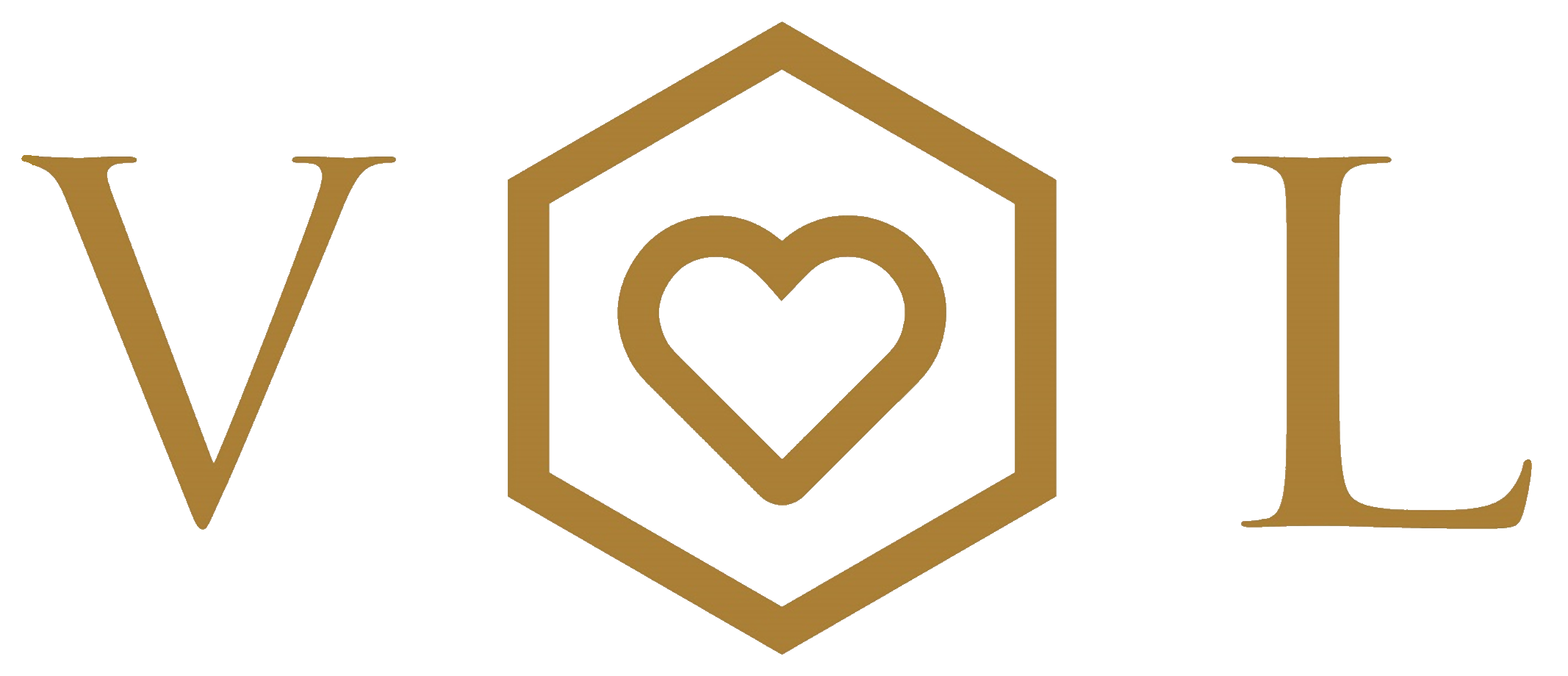Did anyone see BBC Countryfile on Sunday night? (link at the bottom)
If you did, then you are one step further into the labyrinth of honey: the myths, regulations, adulteration, medical uses... the list goes on. But before we dive too far into the honey pot, let’s start with a tea spoon of local fresh honey. So, what is honey and where does honey come from?
What is honey?
Simply put, honey is a sweet, viscous liquid food produced by honeybees from the nectar of flowers. It is an alternative sugar product that contains varying amounts of differing sugars, mainly: glucose, fructose and some sucrose. Due to its floral source, it contains various minerals and vitamins and can vary from light straw to dark brown in colour. It has a natural antibacterial property derived from its relative acidity of around 3.9pH and hydrogen peroxide, a product created by bees during the breakdown of glucose to protect the honey in the cells of a hive.
Where does honey come from?
Honey is only produced by bees and comes from the flowers of the local forage near the bee hive - considered to be up to an impressive ~5km around the hive, but that is not to say they don’t fly further afield. Nectar is only collected by female honeybees, which is then transported back to her colony and passed to other house bees. A few enzymes are added here and there and the ripening honey is safely placed in a hexagon honeycomb cell and collectively fanned by many bees to reduce the water content to around 17-19% - as nectar can be up you 90% water.
The importance of honey and pollination
Each time a bee collects nectar, she also picks up pollen. This is then dropped into other flowers as she forages. Pollen can be picked up by her tiny body hairs and even by static electricity!. As bees generally only collect nectar from one plant species at a time, in her quest for pollen or nectar, a foraging bee inadvertently transfers pollen from one flower to another, also known as pollination. It is this transfer of pollen from one plant to the next that helps plant species to grow, reproduce and survive.
Extra reading (... or watching?)
If you fancy taking another step into the labyrinth that is honey, then here's a little introduction to adulteration. In the UK, honey can't be called honey if it has any added substances. But is our honey being replaced and by what?
Honey and bees from 38.45
Honey adulteration 41.45

